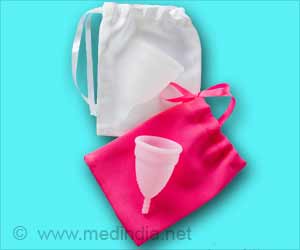FDA Safety Communication has introduced at-home COVID-19 antigen tests to take steps to reduce your risk of false negative results of COVID-19 infection.
- US FDA advises repetition of any at-home COVID-19 antigen test, for accuracy
- This would help to reduce the risk of an infection, which may be missed due to a false negative test
- Take two or three at-home COVID-19 tests with a time-gap of 48 hours between the first and subsequent tests
FDA Expands Home Testing Guidelines for COVID Exposures
During the COVID-19 pandemic, public health scientists continued to learn about the COVID-19 virus and the impact of variations in diagnostic tests that detect the virus. Recent study of people with Omicron infection revealed that repeated testing after a negative home COVID-19 antigen test result increases the likelihood of an accurate result.Current guidelines from the Centers for Disease Control and Prevention (CDC) recommend testing at home right away if you get symptoms. If you have been exposed to COVID-19, CDC recommends testing at least five days after exposure – and if that test is negative, it says to consider testing again one to two days later.
But, the new guidelines state:
- If a first or repeat test is positive, follow the CDC guidance on isolation and get medical care.
- If the first test is negative and you have symptoms, test again 48 hours later. You may choose to test yet again 48 hours after the second test, and may also consider getting a laboratory molecular-based (PCR) test and seeking medical care.
- If the first test is negative, you don’t have symptoms, but you believe you have been exposed, test again 48 hours later, then 48 hours after the second negative, for a total of at least three tests. After three negative tests, if you are concerned, the FDA suggests that testing again at home, getting a PCR test, or getting the proper medical advice.
New Guidelines: Study About the COVID
The FDA’s new guidance is based on findings of a new study conducted by researchers at the University of Massachusetts Chan School of Medicine that new timelines are more likely to detect infections. The study is published as a pre-print in the journal MedRxiv.Researchers evaluated 5,609 people enrolled in the National Test At-Home study from October 2021 to January 2022. Participants used one of three retail testing kits and collected a sample for molecular PCR testing. They tested every 48 hours for 15 days.
During the study period, 154 people tested positive for the coronavirus that causes COVID-19, based on PCR samples. After testing twice at home more than 48 hours later, infections were found in more than 90% of symptomatic people who started testing in the first week.
All 22 home antigen tests on the U.S. market were approved for emergency use based on preliminary data while companies and researchers gathered concrete measurements of their accuracy.
The FDA said that its latest decision reflects new information about the accuracy of antigen tests. In a government study, adding a third test improved from 62% to 79%.
Source-Medindia
















